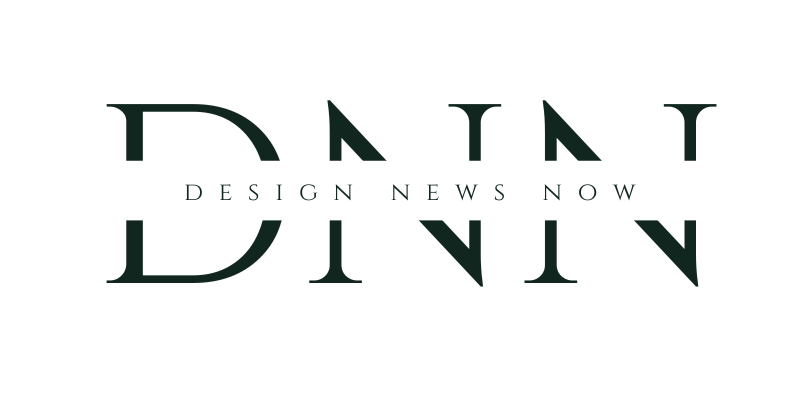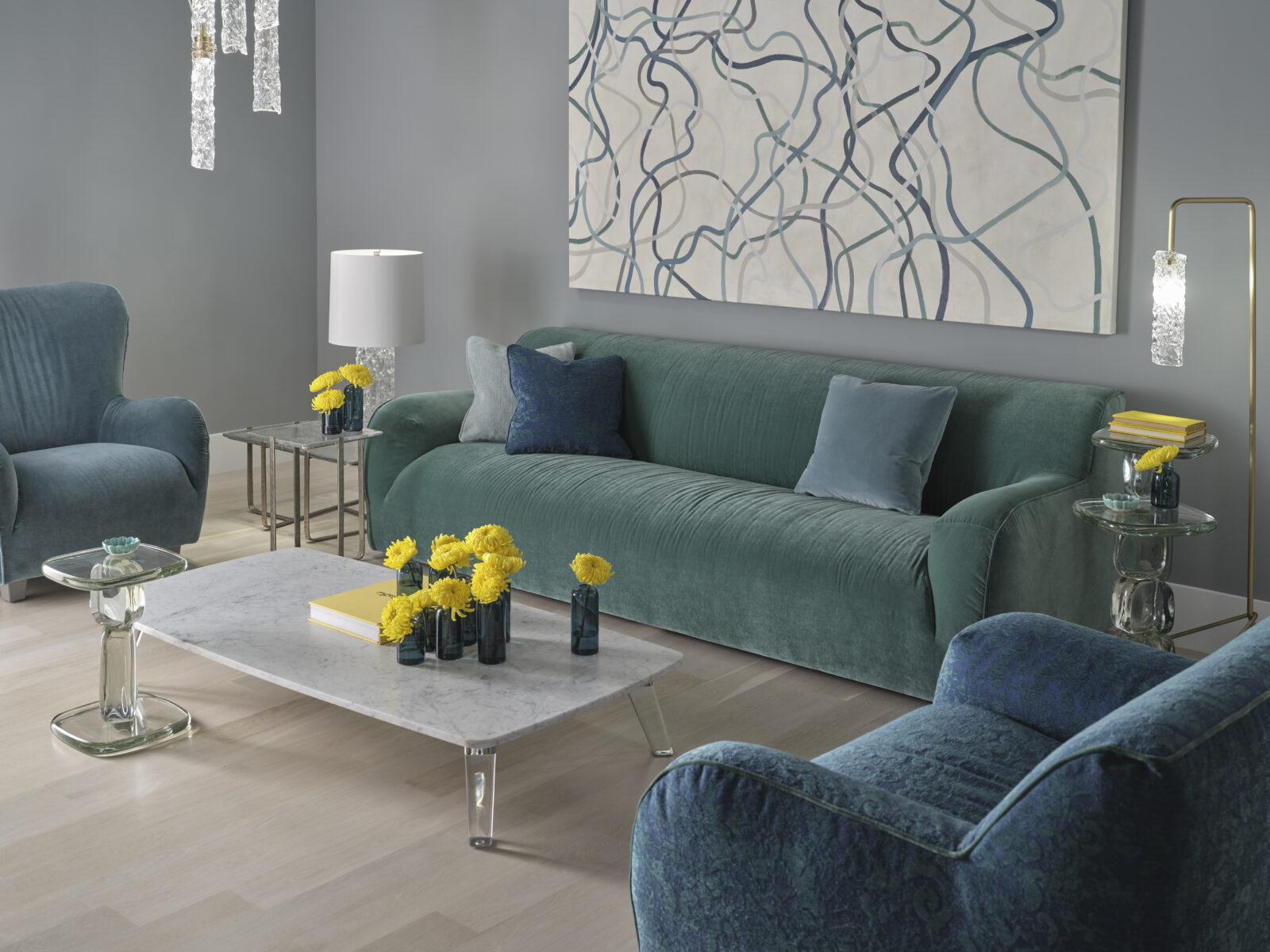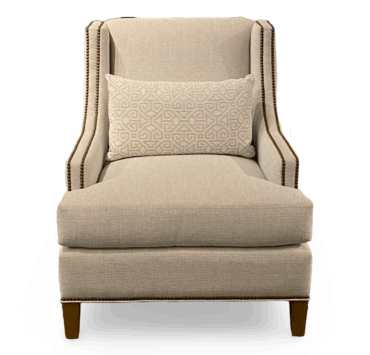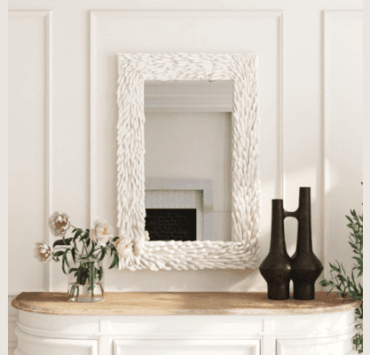What do objects tell us about their makers? For Laura Kirar, Susan Ferrier, and Paola Navone, furniture becomes a site of memory, method and meaning. Their collections with Baker-McGuire reveal different answers to the same enduring questions: What does it mean to make something well? How do you create value beyond trend or function? And what defining contemporary aesthetics will endure?
Through divergent styles and shared convictions, these three designers approach design as a form of authorship—each with a strong point of view on material, form and the human lives that shape and use their designs. Here is what each of them had to say on craft, building out collections, :
On craft and consumerism
How do you think the pursuit of craftsmanship informs both the design process and the end product, especially in an age of mass production?
Kirar: Craftsmanship is the soul of my design process — a quiet but insistent commitment to material honesty, to tradition, to the hand and the heart. In an age of mass production and speed, I continue to look toward artisanship as a form of resistance — a means of grounding the work in the timeless.
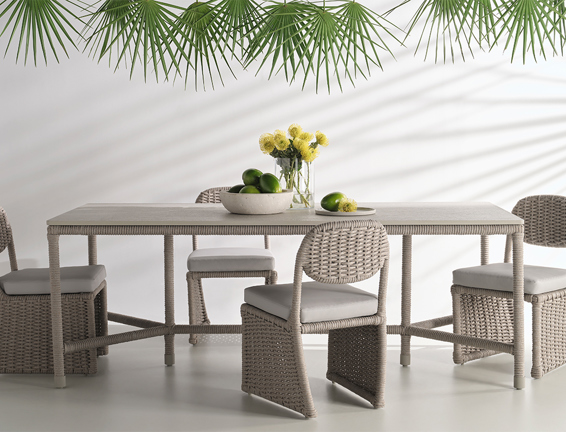
The design process becomes a kind of dialogue between the maker and the material. When an object is made with care it carries an energy that can be felt. That’s why I still sketch by hand, travel to work with artisans, and collaborate deeply with craftspeople to bring each vision to life.
Ferrier: You can only create within the natural principles or strengths of the material you are working with. It will tell you what it is capable of through experimentation and pushing boundaries. Ideally I desire seeing the human hand in a creation because it tells the story of its origin.
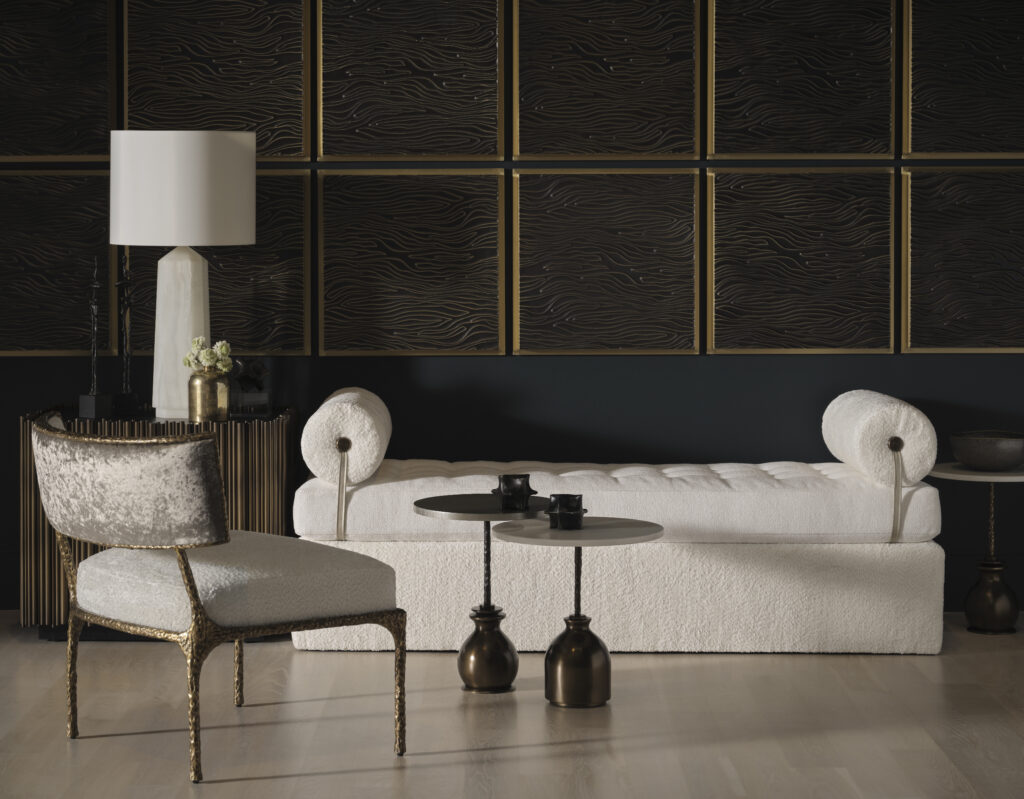
A piece executed to perfection requires less extraneous information and embodies lasting elegance. Furniture pieces are experienced up close and in communion with how we live our lives. There is an intimacy of sorts that heightens our respect for the maker when there is something unique and telling in how it was formed.
Navone: I don’t really split much craftsmanship from industry, I always try to blend together both. Sometimes I take high-tech tools and apply them to natural materials; other times I use traditional handcraft techniques on ultra-modern materials. This mix always leads to something a little unexpected, a little special.

For me, beauty always carries a hint of imperfection. It is that little irregularity that makes an object special, just like it naturally happens with handmade things. Even in industrial production, I insist on leaving a touch of imperfection, so even a mass-produced piece can have that small spark of uniqueness, that bit of poetry that belongs to artisanal work.
On design mentorship
As mentors to future designers, how do you see your role in empowering the next generation of women in the design world? What advice do you impart on young designers?
Kirar: I believe in generosity of spirit — in sharing knowledge, access, and stories. As a mentor, I encourage young designers, especially women, to embrace contradiction: to be both rigorous and intuitive, to protect their inner creative voice while remaining open to collaboration.
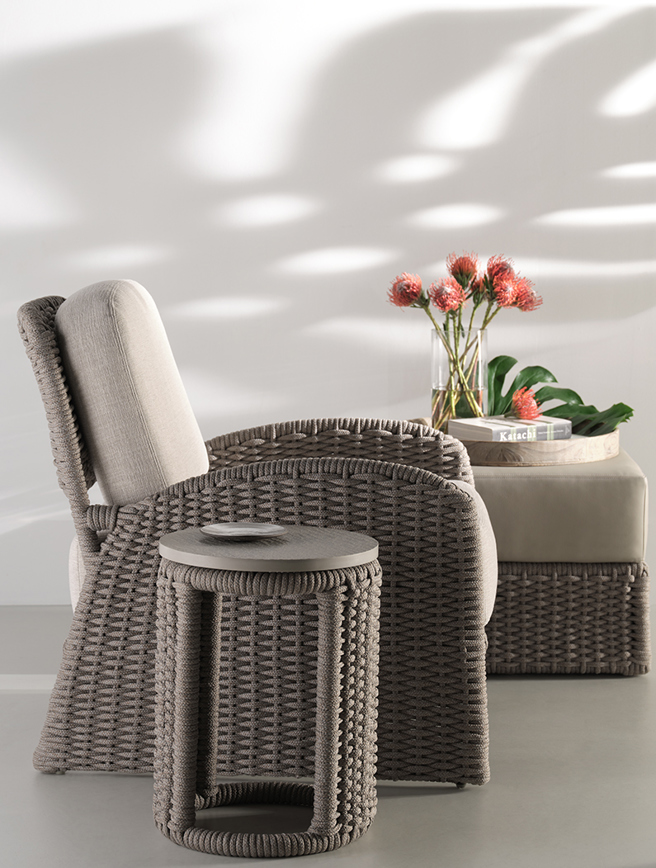
The design world can feel intimidating, but it’s also a place of profound connection and transformation. My advice: Stay curious. Read. Travel. Sketch often. And always lead with authenticity. Your story, your perspective, your way of seeing the world — that’s your most powerful tool.
Ferrier: I hope I have set a good example by leaving this industry better than when I found it. Character is more important than personality in developing relationships and building a business. Remember to always behave as a woman and not a girl. Likewise, behave as a man and not a boy. Have a defendable point of view.
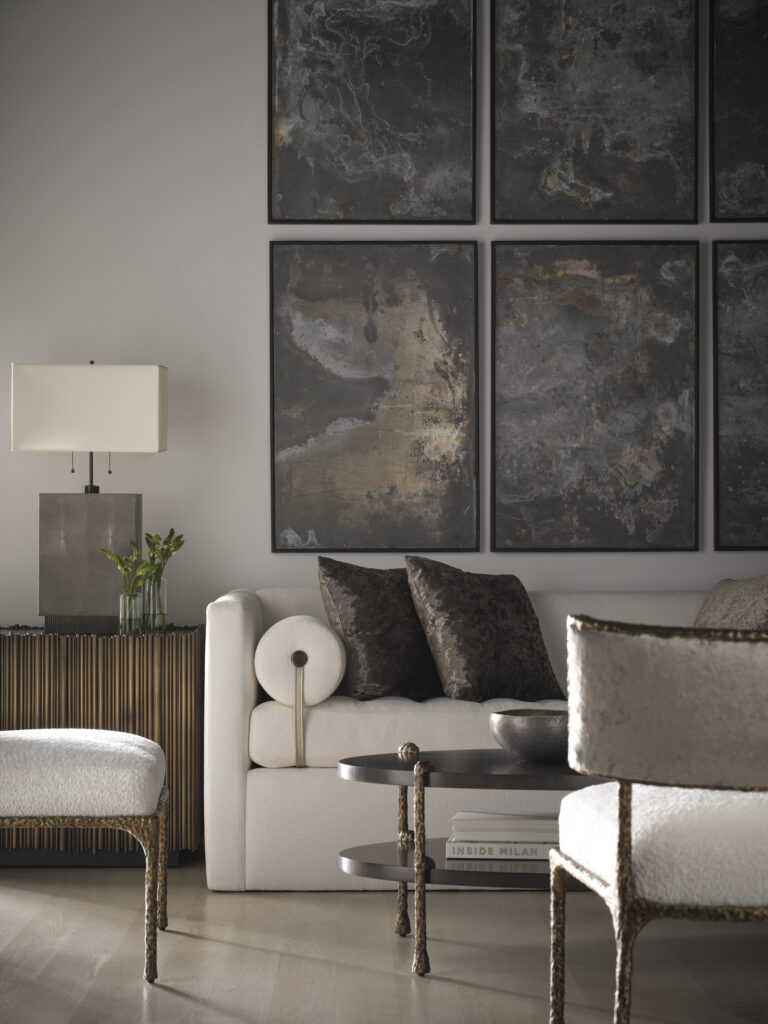
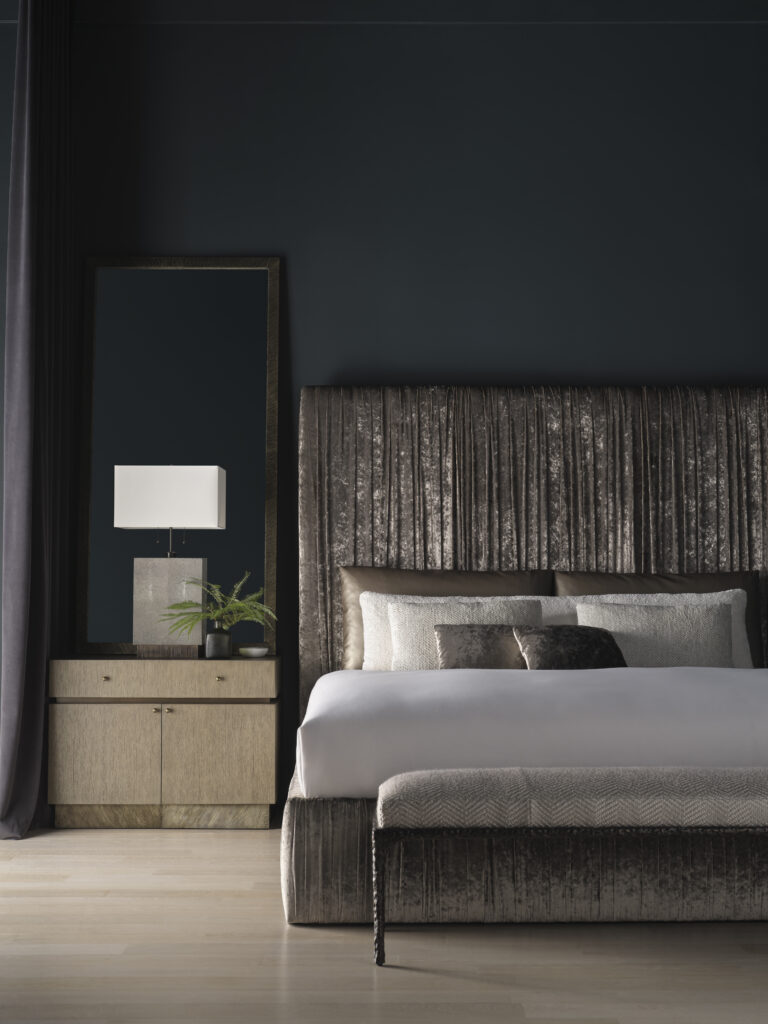
My best design advice is that no thoughtful design is ever done in a bubble or vacuum. To make one good decision you must hold it up to all the previous decisions to establish a relationship between the elements in the space or in the piece.
Putting yourself in other’s shoes and really listening to your client’s desires puts you in a position of giving them a solution that they may not have known they needed or wanted. It is your job to creatively solve a challenge and improve a space.
Navone: When I first stepped into the world of design, it was mostly men all around. But honestly, I didn’t really care. I was too busy being curious, too excited to create, to try things out, to mix. I was completely absorbed in the joy of making and nothing else seemed to matter.
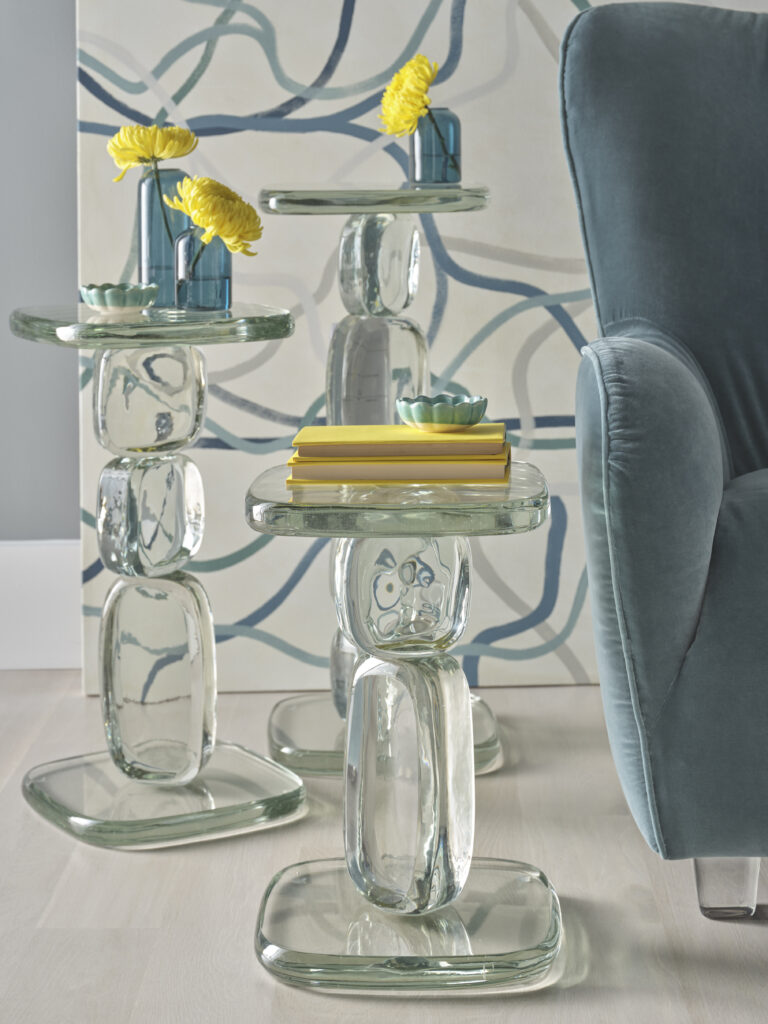
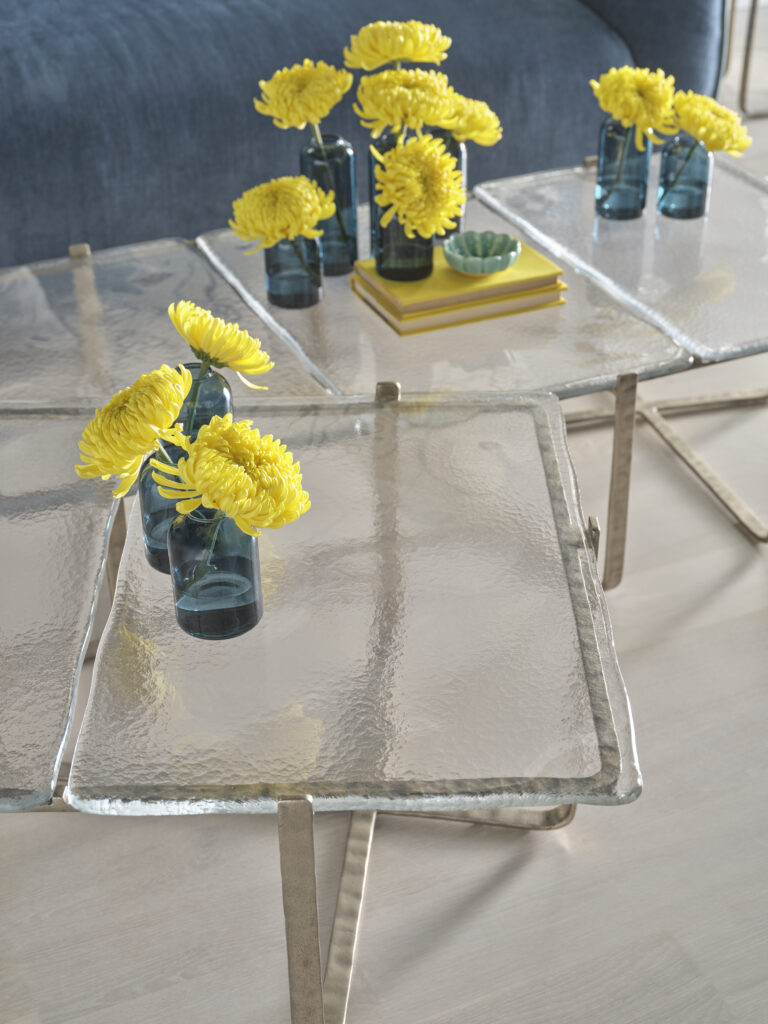
Of course, the design world has changed a lot since then. But we still need more women’s voices. To young designers, I always say to be curious, about everything. Travel. Explore. Take your own risk. Keep your eyes wide open and never lose that sense of wonder. And above all, enjoy it. Design should be a pleasure, not just work.
On taking creative risks
Can you share an anecdote about taking a creative risk? (perhaps one that paid off and one that didn’t) How did you develop resilience to push through the misses and trust your creative instincts?
Kirar: Years ago, I left the familiar rhythms of New York — the city that had shaped so much of my journey — and moved to Mexico with no fixed plan, just a longing to reconnect with my spirit and the essence of creation.
It was intimidating. There were days of silence, of doubt, of feeling utterly untethered. But in that space, stripped of distraction and ego, I found my true rhythm again. I began listening more — to nature, to materials, to the voices of artisans who welcomed me into their workshops and worlds.
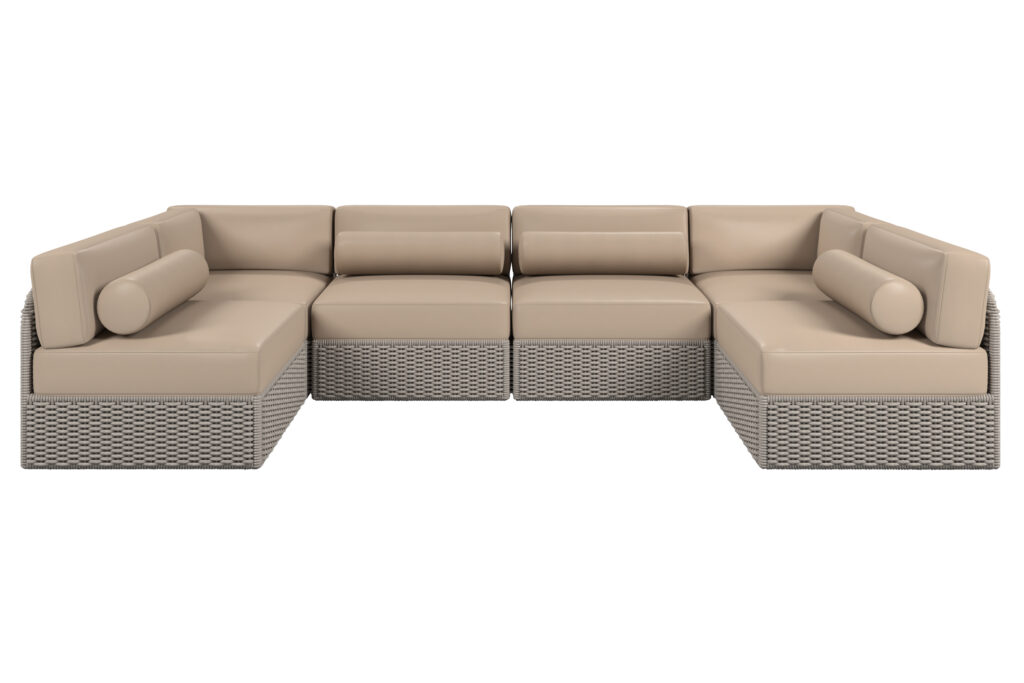
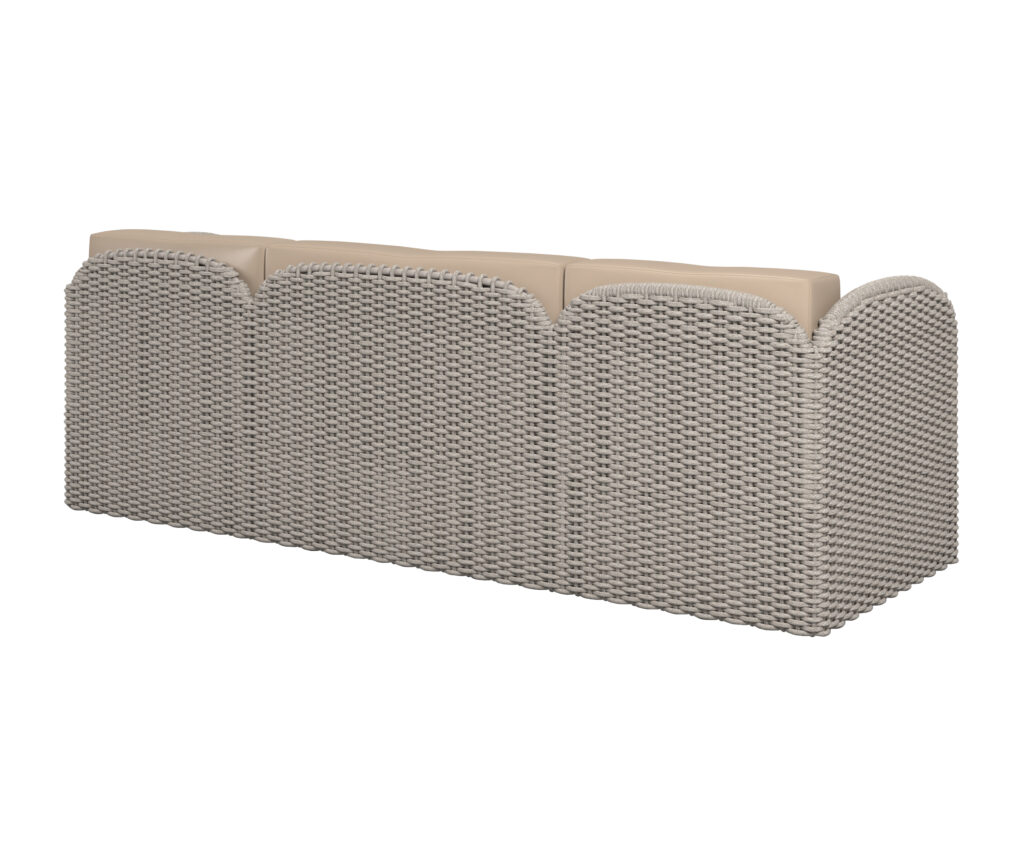
That period was not about production, it was about presence. It taught me that resilience doesn’t come from success — it comes from devotion. From staying loyal to your creative truth, even when no one’s watching.
Not every risk “succeeds” in the traditional sense. But every risk deepens the relationship I have with my work — and with myself.
Ferrier: I think this may be a question to ask others about how I approach risk in design rather than myself. It is all so relative and what I take for granted in my approach, others may see as out of the norm.
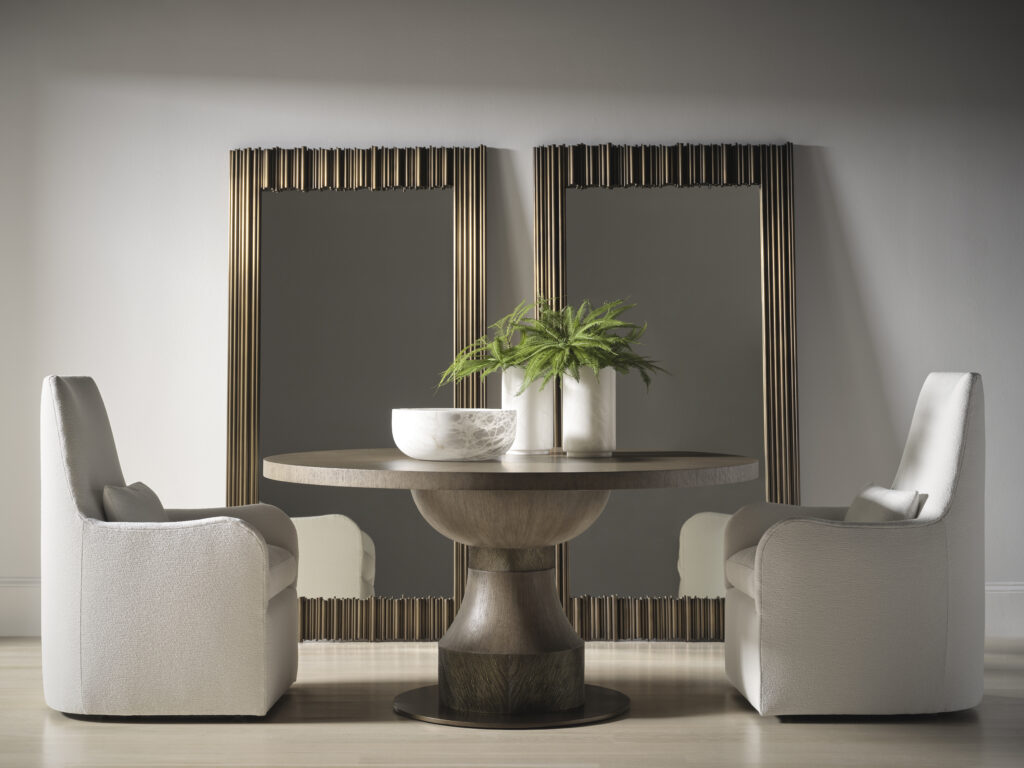
Honestly, there is no point in doing anything in a creative space unless you are willing to take risks and bring something yet unseen to the table if even in a very small way. Some are braver than others but isn’t that the entire point of moving, what we perceive as beauty, forward?
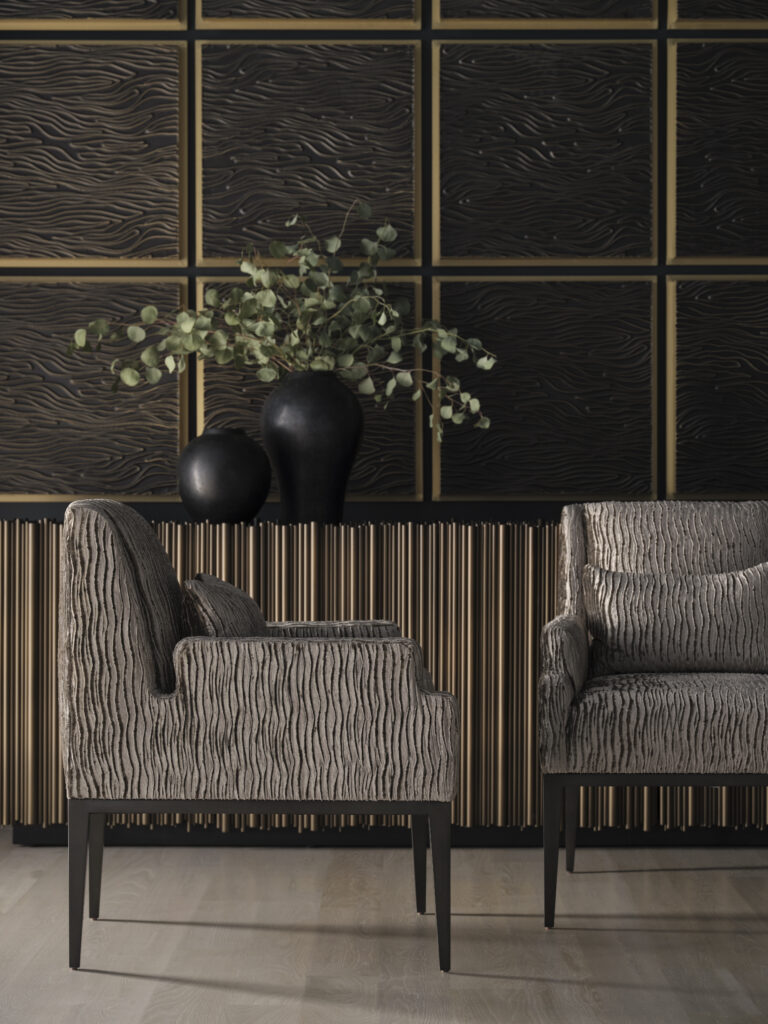
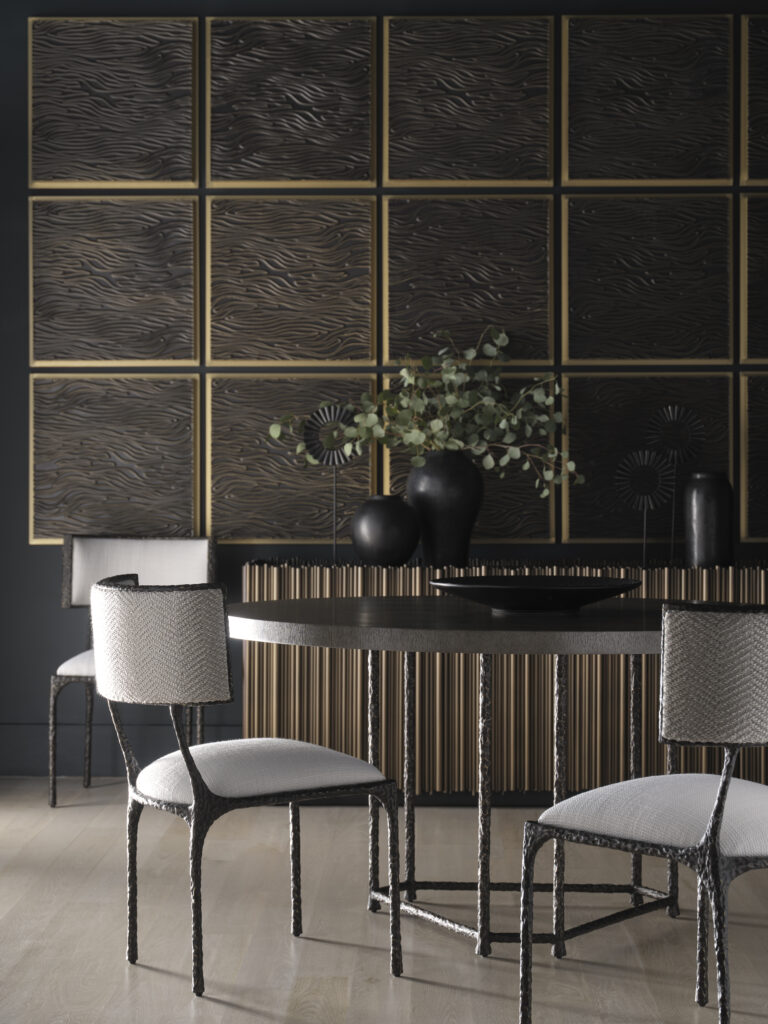
We should strive to improve or innovate the way we live or what we see. I hope I am taking constant risk wherever I see the opportunity. Individuality and risk go hand and hand. Example: Scale should be customized to suit the size of the space and not be ‘over the counter’.
Navone: Every project we do comes with a small challenge. We like to experiment, pushing the limits of industrial production… maybe by adding something a bit unexpected… a raw stitching, a handmade finish, a surprising colour. Sometimes it works. Sometimes the client prefers to play it safe. So we rethink the idea and start again.
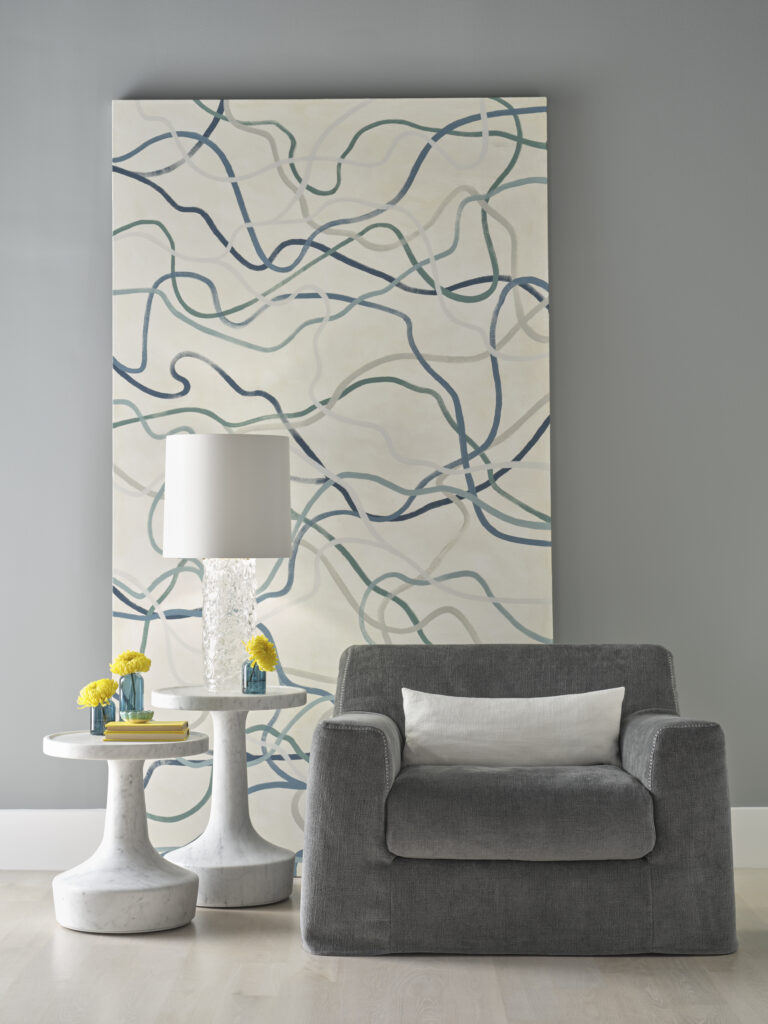
I often think that designing a project is a bit like making an omelette. One day you’ve got zucchini, the next day potatoes, maybe mushrooms the time after… The secret is to mix the ingredients you have on hand in a way that still makes a good omelette. Because in the end, what really matters is that it tastes great and that everyone leaves the table happy.
On contemporary design
What do you think will be the defining elements of the aesthetics of this decade? What pieces or elements of your collection/s for Baker-McGuide fit within the contemporary milieu?
Kirar: I believe this decade marks a return to the essential — defined by tactility, emotional resonance and a renewed connection to the natural world. There’s a desire for the handmade, the imperfect, the soulful. Pieces that invite touch and reflection.
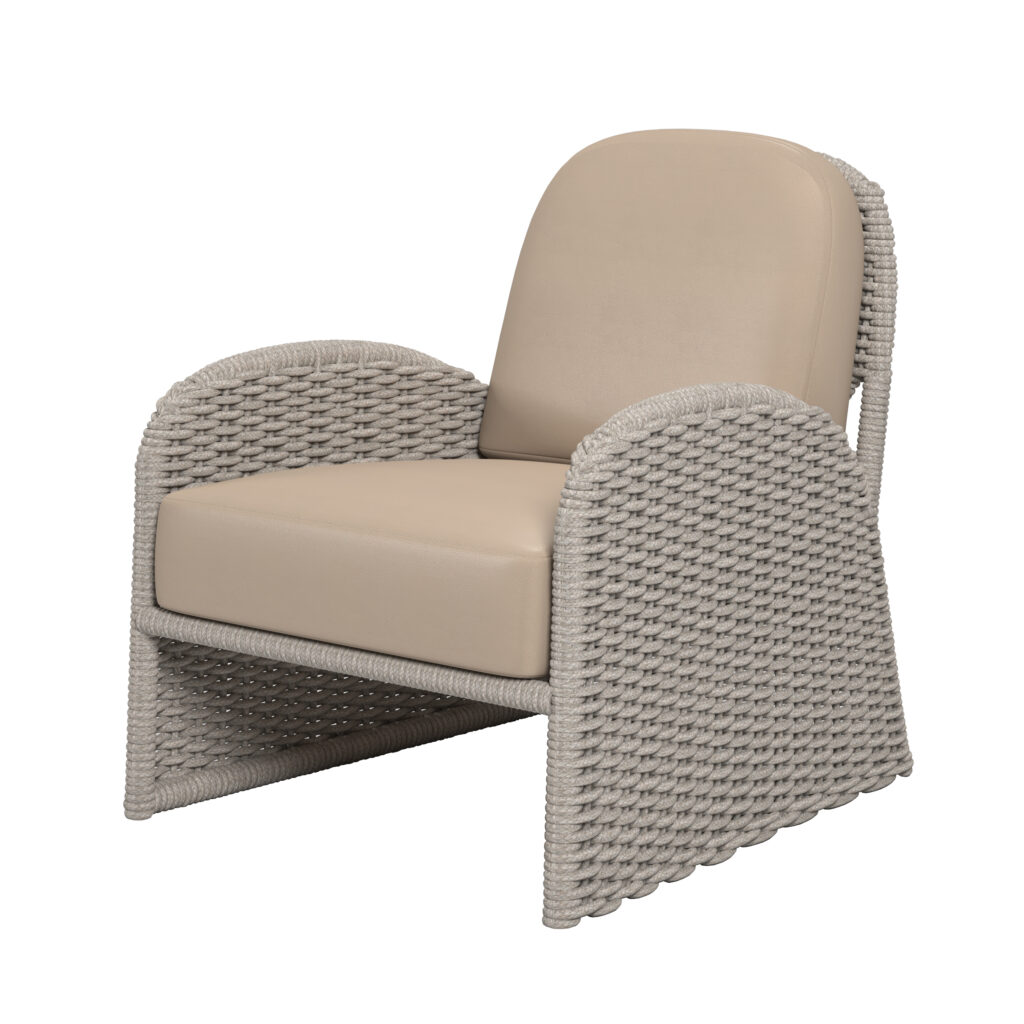
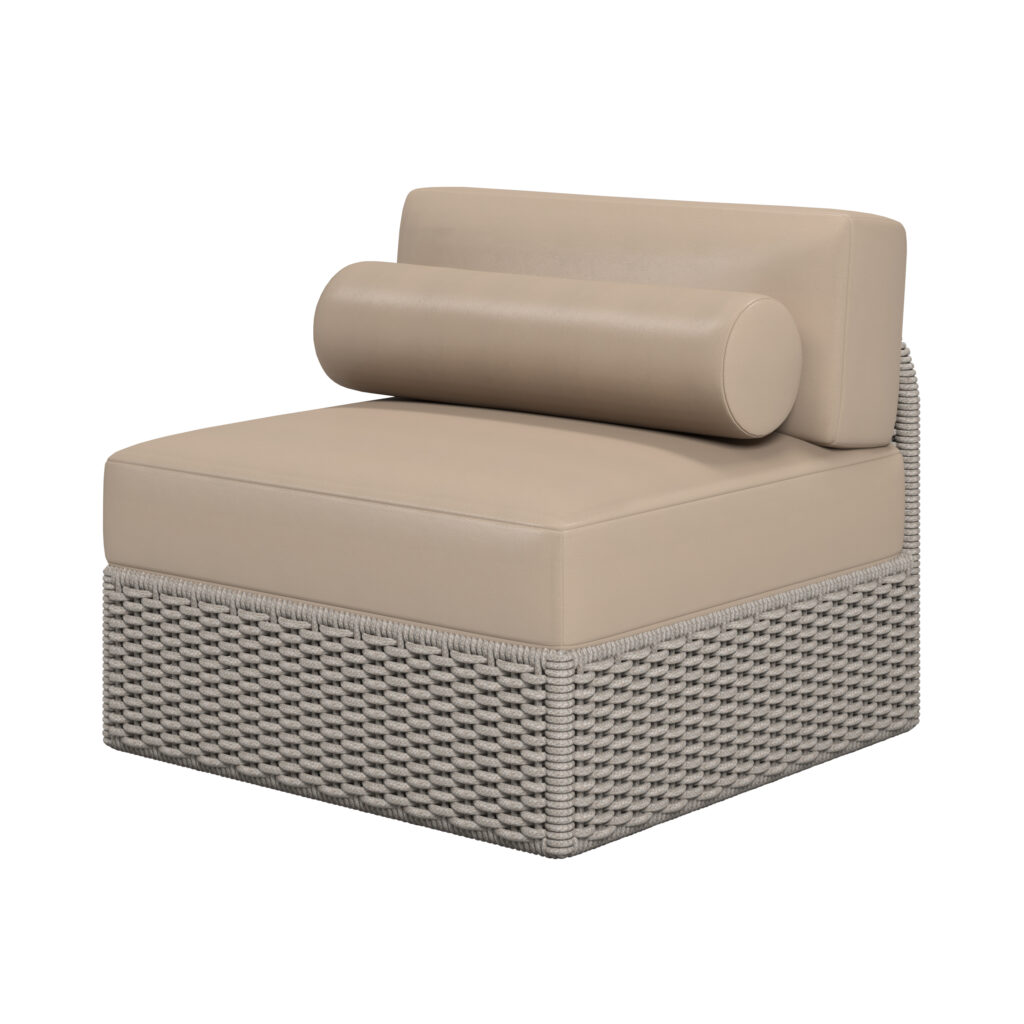
My Cuerda Collection for McGuire reflects this shift — an embrace of generous, rounded forms inspired by the desert landscape and shaped to flow effortlessly between indoors and out. They’re meant to feel timeless and elemental — sculptural, soulful, and connected to the rhythms of the natural world.
Ferrier: I think that all of the pieces I have created with Baker have Classic Elegance with Celebrated Materiality. I would like to think that this honest approach to these pieces fits into the aesthetics of this decade but more importantly beyond. Timeless well-made pieces do not have to be replaced and then, in turn, are lasting.
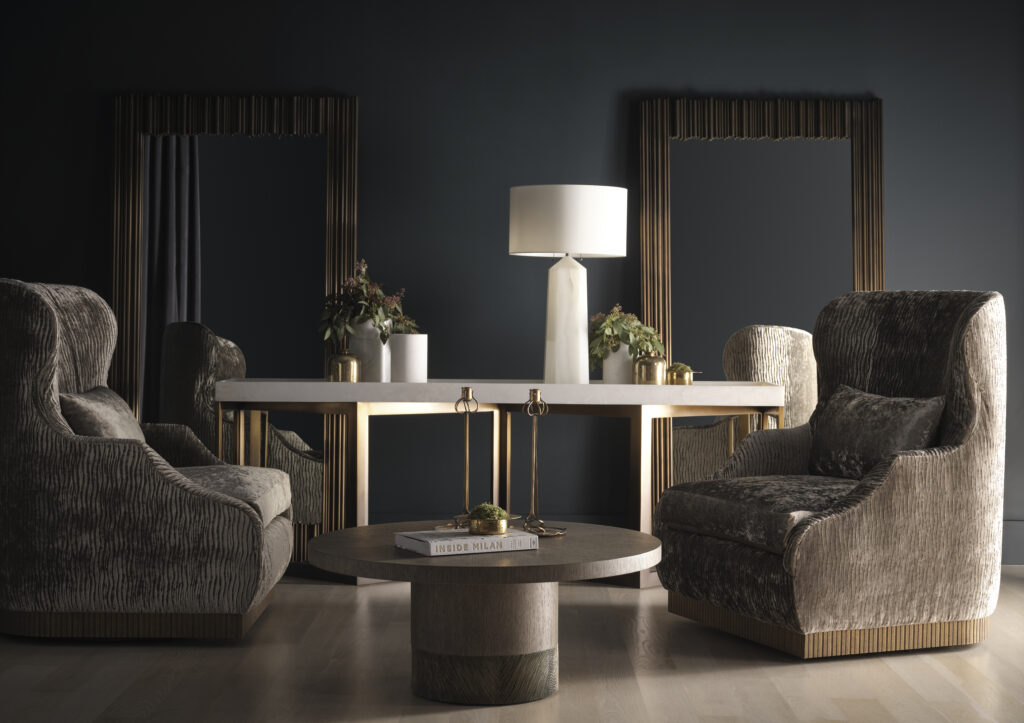
Navone: I think the aesthetics of this decade will be more and more free from trends, more fluid and personal. Feeling comfortable in the spaces we live in, and living a special connection with the objects around us, is becoming more and more important.
The collections for Baker have soft shapes that invite you to relax, natural materials, handmade details. Each piece has something familiar, but also a little unexpected twist that makes it feel as a special add to modern living. Which pieces will become the most loved ones? We will know when, one day, we look at one of them and say: “How nice… you’re still here.”
On design resonance
Finally, when people interact with your designs — whether it’s a space, a piece of furniture, or an object — what do you hope they take away from the experience, emotionally or intellectually?
Kirar: At its best, design is a physical expression of memory, culture, beauty, and place. When someone sits in one of my chairs, walks through a space I’ve created, or runs their hand along a sculptural detail, I hope they feel transported. I hope they sense a story — not just mine, but one they can make their own. Emotionally, I want them to feel held. Intellectually, I want to ignite a sense of wonder. Ultimately, my work is an offering — to the senses.
Ferrier: Beauty and Recognition of the Intention – There is both comfort in the feel and glamour in the form. Everything that goes into creating the space was thoughtful and considered both the in pieces and the environment they exist in.
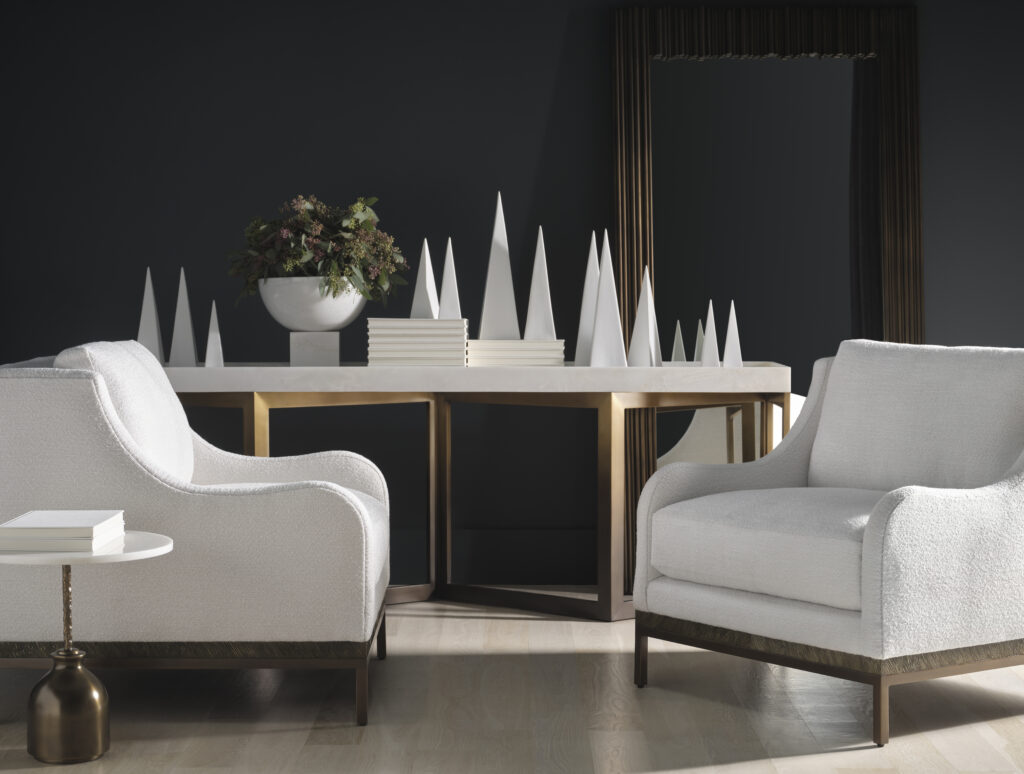
Done successfully, this evokes a calm, warm and confident atmosphere to live your life in. I try to create a space that makes you drink in what you see and feel. Something that lasts and you do not tire of, something sustaining.
Navone: I love places that make you feel good, where everything feels light and effortless, a bit like being on holiday. When I design a space or an object, I follow that same feeling of softness and ease that I enjoy. The things I create are never aggressive; they are gentle, friendly, familiar.
They don’t need to match, they simply live together, naturally and happily, each with its own little story to tell. I like the idea of inviting people to slow down, enjoy the moment, and feel a joyful, special connection with their everyday surroundings, discovering in objects many small, adventurous nuances… so life never gets boring.
